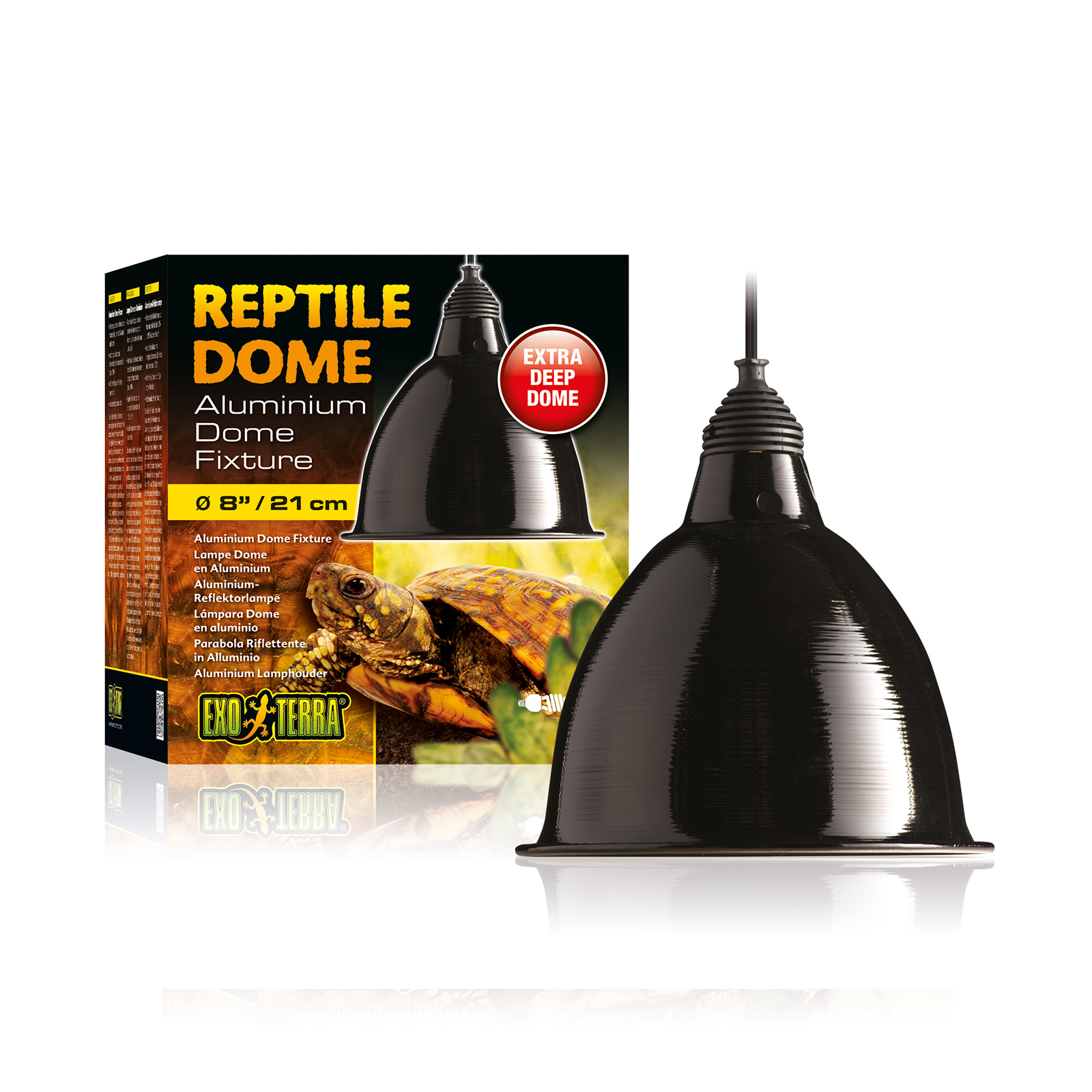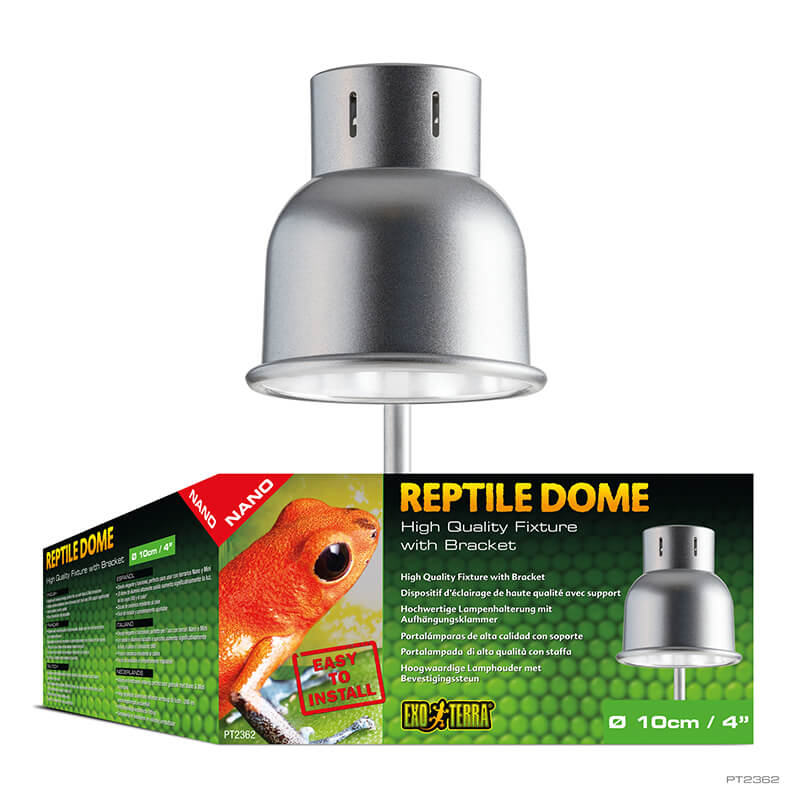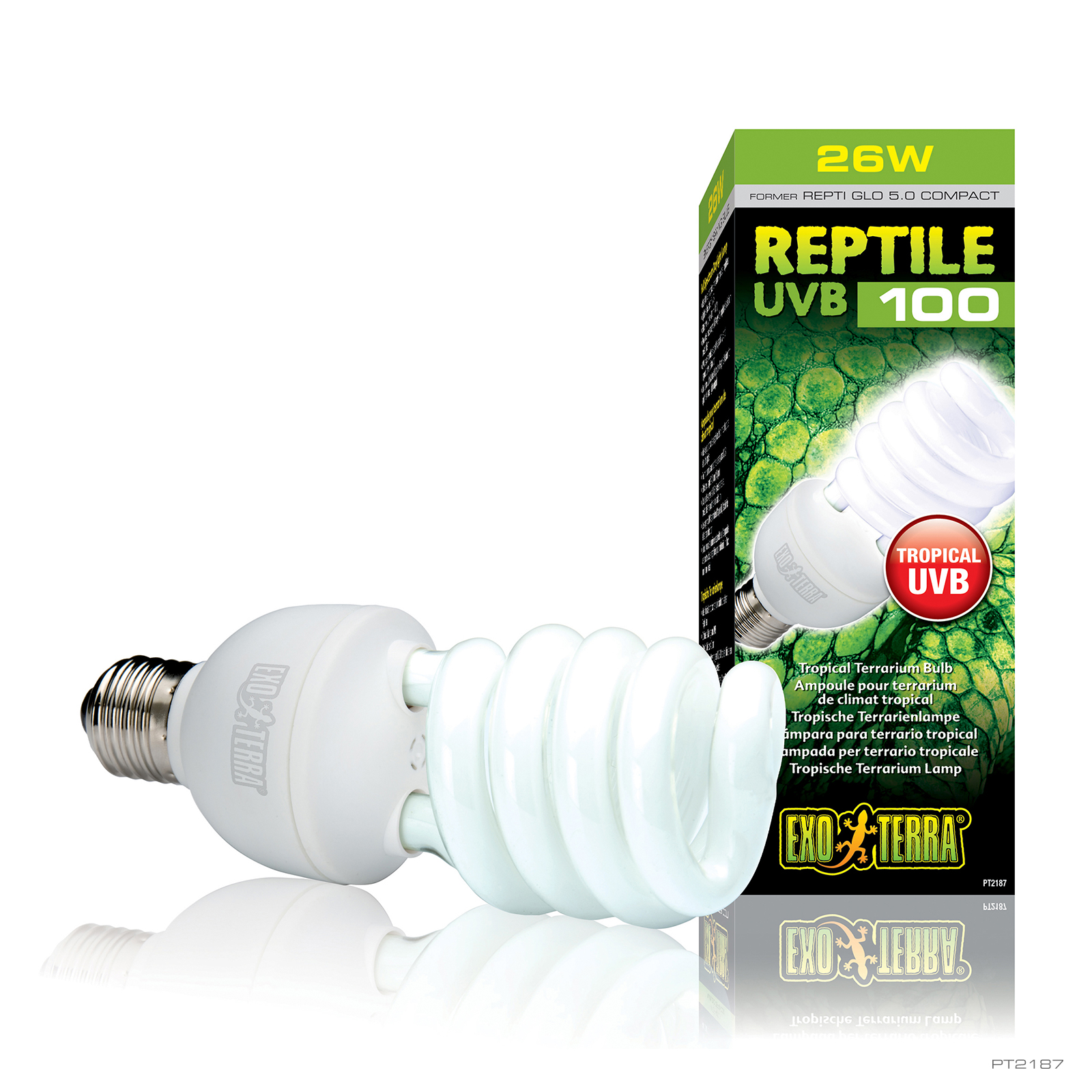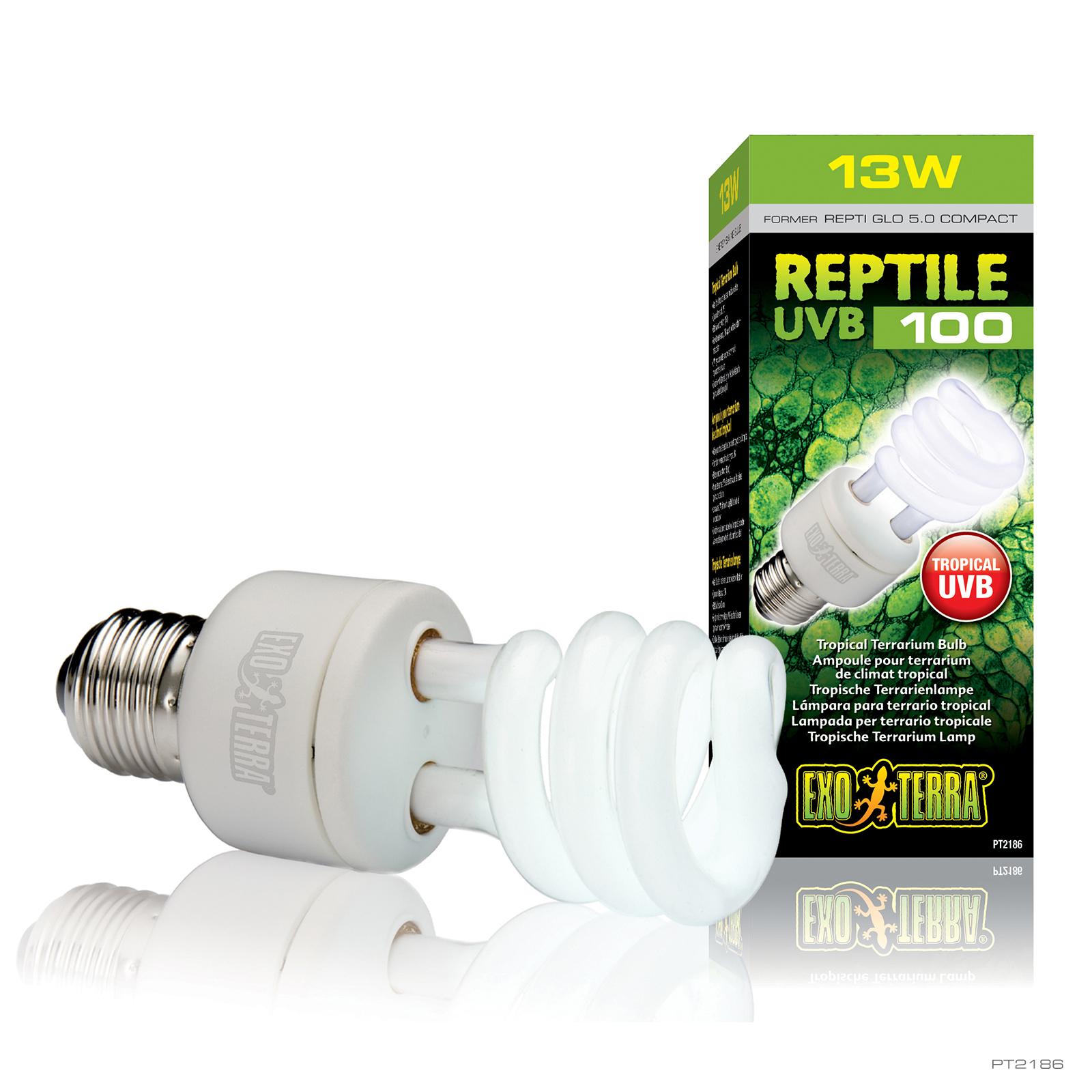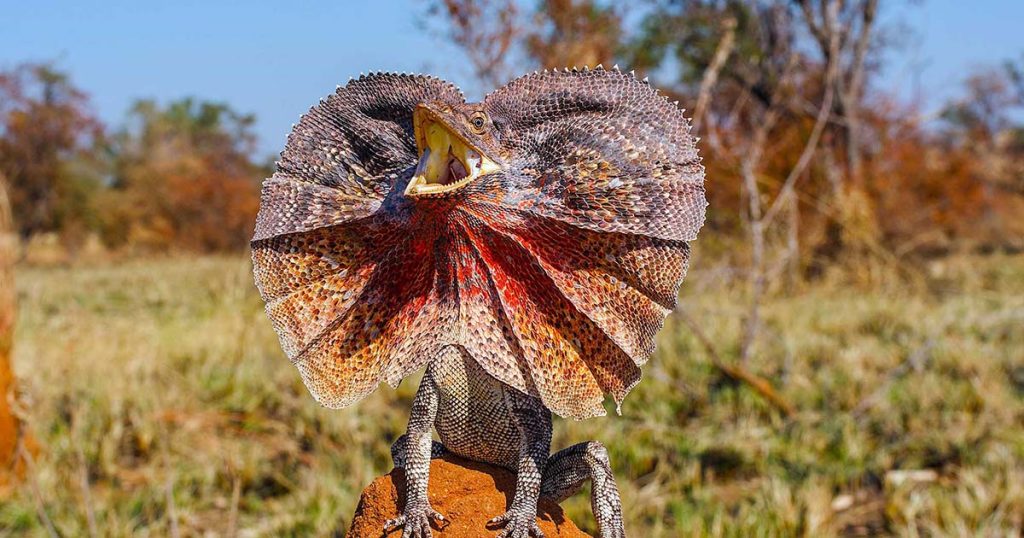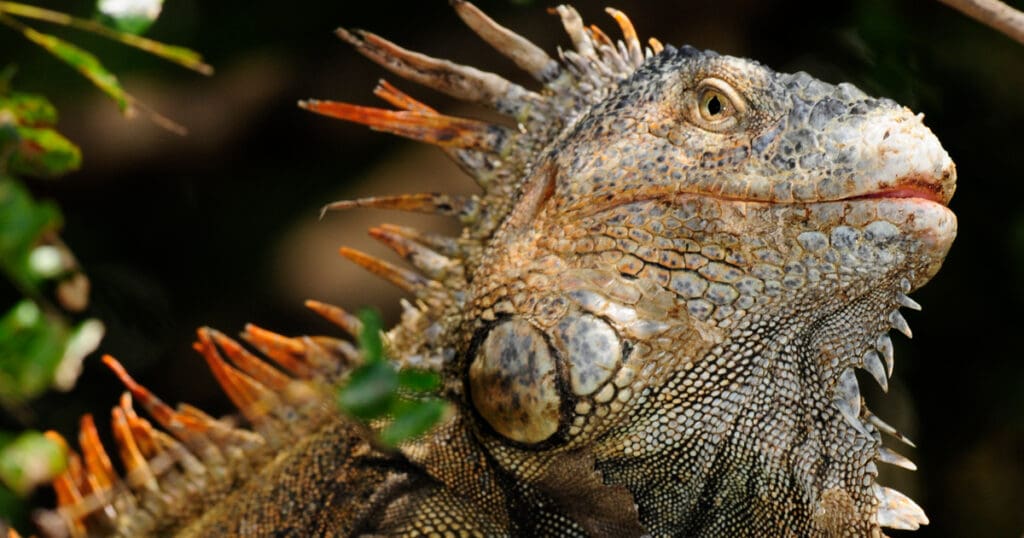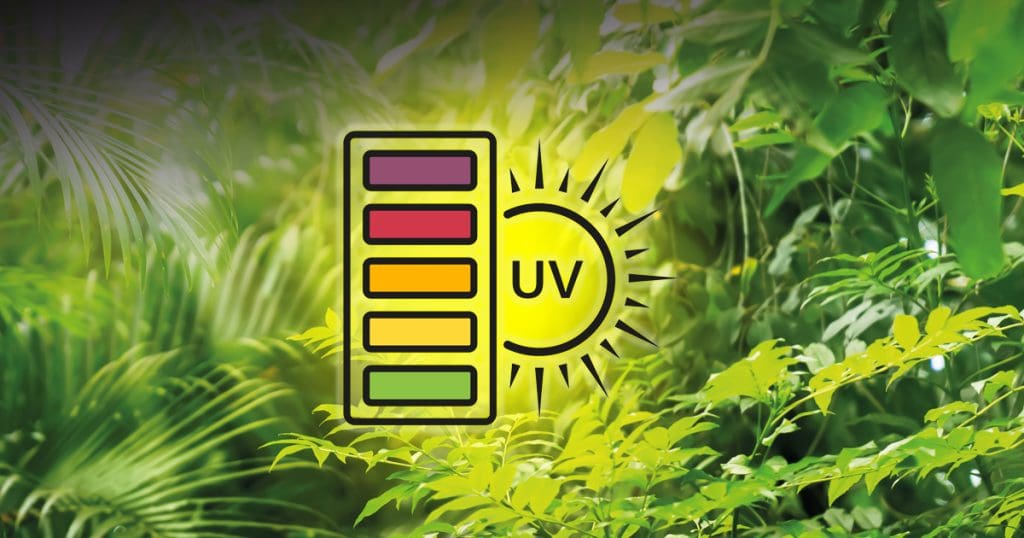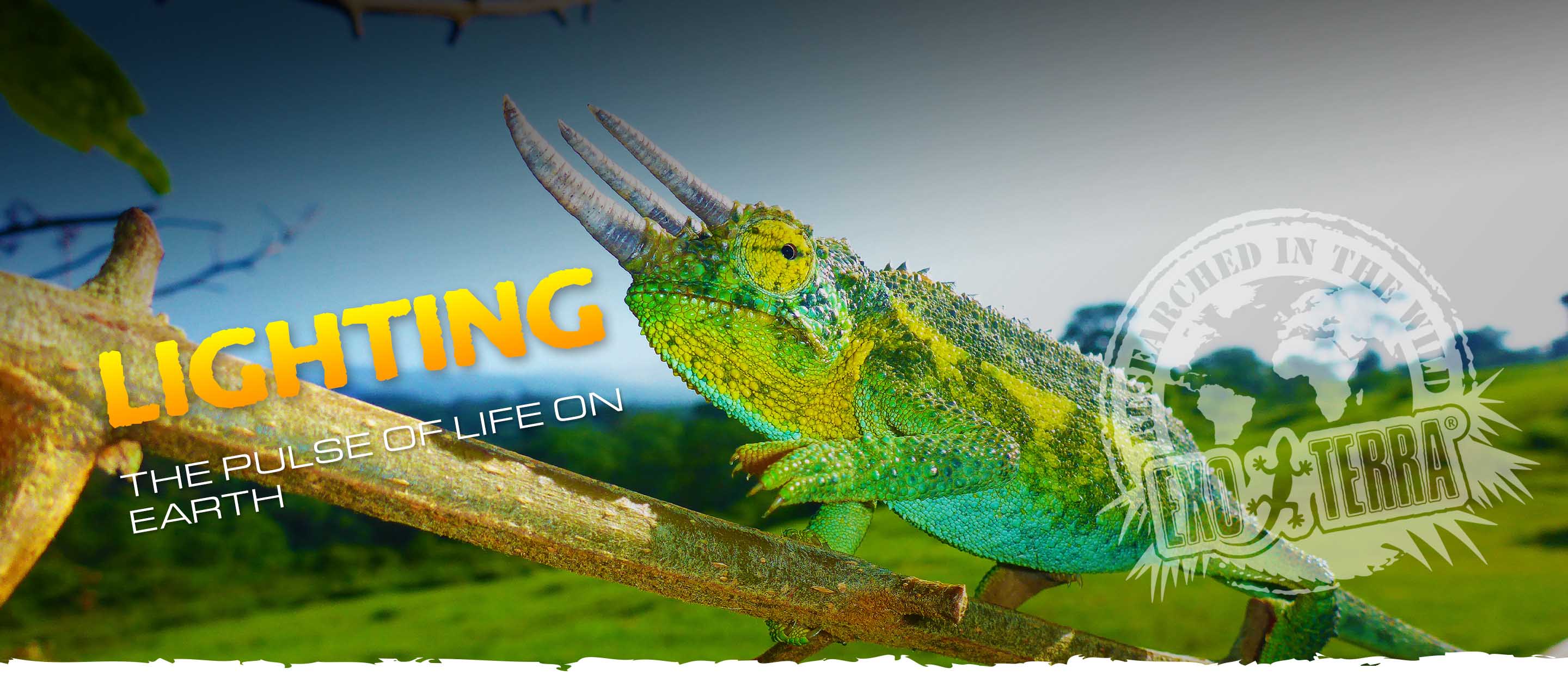
The Myth of Nocturnal Creatures and UVB Light
Emmanuel Van Heygen
The belief that nocturnal animals don’t require UVB exposure has been a long-standing one in the world of reptile and amphibian care. The argument, “It’s nocturnal—it doesn’t need UVB,” has been a staple for many enthusiasts and breeders. However, recent scientific studies have begun to challenge this age-old notion, shedding light on the importance of UVB for all creatures, regardless of their diurnal patterns.
Crested Geckos, Leopard Geckos, and Corn Snakes are just a few examples of nocturnal and crepuscular species that have been at the center of this debate. Recent research on these and other species has shown a positive correlation between UVB exposure and enhanced Vitamin D3 synthesis. This revelation is significant as Vitamin D3 plays a crucial role in calcium metabolism, vital for bone health and overall well-being.
Let’s delve deeper into the findings:
Burmese Pythons (Python bivittatus): While these majestic creatures are primarily nocturnal, spending their days hidden away, the study revealed that controlled UVB exposure led to a noticeable increase in Vitamin D3 levels. This suggests that, in the wild, these pythons benefit from occasional UVB exposure during their brief periods of daytime activity or from ambient UVB penetrating their hiding spots.
Leopard Geckos (Eublepharis macularius): Originating from the deserts of Asia, these geckos are crepuscular, meaning they are most active during the twilight hours of dawn and dusk. The study on Leopard Geckos showed that, despite their limited exposure to direct sunlight in the wild, they still benefit significantly from UVB exposure in terms of Vitamin D3 synthesis, appetite, and immunity.
Corn Snakes (Pantherophis guttatus): Native to North America, Corn Snakes are known to be more active during the cooler parts of the day and night. The research indicated that similar to the other species, Corn Snakes also showed improved Vitamin D3 synthesis and improved appetite with UVB exposure.
Tokay Geckos (Gekko gecko): Hailing from the rainforests of Southeast Asia, Tokay Geckos are renowned for their striking blue and orange coloration. Primarily nocturnal, these geckos are known to be vocal and aggressive. Despite their nighttime activity, studies suggest that they, too, can benefit from UVB exposure, potentially aiding in their overall health and vitality.
Fat-tailed Geckos (Hemitheconyx caudicinctus): Originating from West Africa, Fat-tailed Geckos are nocturnal creatures that thrive in arid environments. Their name derives from their thick, fat-storing tail. While they might not bask in direct sunlight often in the wild, controlled UVB exposure in captivity can play a role in optimizing their Vitamin D3 synthesis.
Crested Geckos (Correlophus ciliatus): Native to New Caledonia, Crested Geckos are popular pets due to their unique appearance and docile nature. They are primarily nocturnal, navigating their environment with the help of their specialized toe pads. Like other nocturnal lizards, evidence suggests that UVB exposure can benefit their health, enhancing their natural Vitamin D3 synthesis and immune system.
These findings challenge the traditional beliefs held by many reptile enthusiasts. It’s essential to understand that while these creatures have evolved to thrive in specific conditions in the wild, those conditions are not devoid of UVB. Even if direct sunlight is minimal, the ambient UVB from their environment can still affect their health.
Furthermore, it’s worth noting that in captivity, the conditions are vastly different from those in the wild. While beneficial in many ways, the controlled environments can sometimes lack the natural elements that these creatures have evolved to utilize. By providing UVB exposure, even to nocturnal and crepuscular species, we ensure that they get the full spectrum of light they might encounter in their natural habitats.
In conclusion, the age-old argument against UVB exposure for nocturnal creatures is becoming increasingly outdated. As science progresses and our understanding of these magnificent creatures deepens, it’s clear that a one-size-fits-all approach to reptile care is insufficient. Every species, regardless of its activity pattern, has unique needs. As responsible caretakers, we must ensure that we provide the best possible environment for them, including the benefits of UVB exposure. The positive correlation between UVB and Vitamin D3 synthesis in nocturnal and crepuscular species is a testament to the ever-evolving nature of scientific understanding and the importance of continuous learning in animal care.
Emmanuel Van Heygen
“…the age-old argument against UVB exposure for nocturnal creatures is becoming increasingly outdated.”
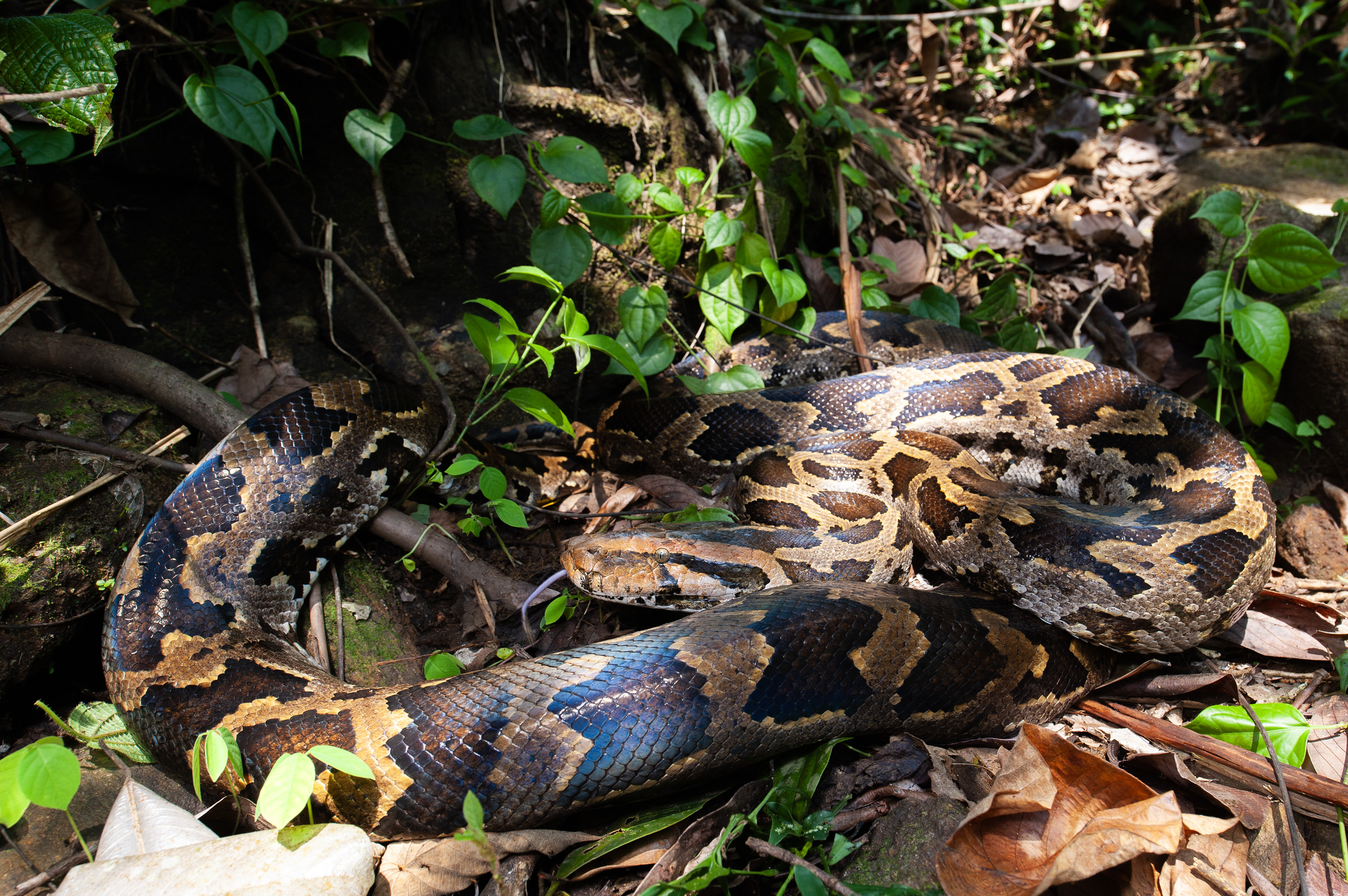

The Indian Rock Python, Python molurus, are mainly nocturnal rainforest dwellers found sometimes basking in partial sunlight during daytime.
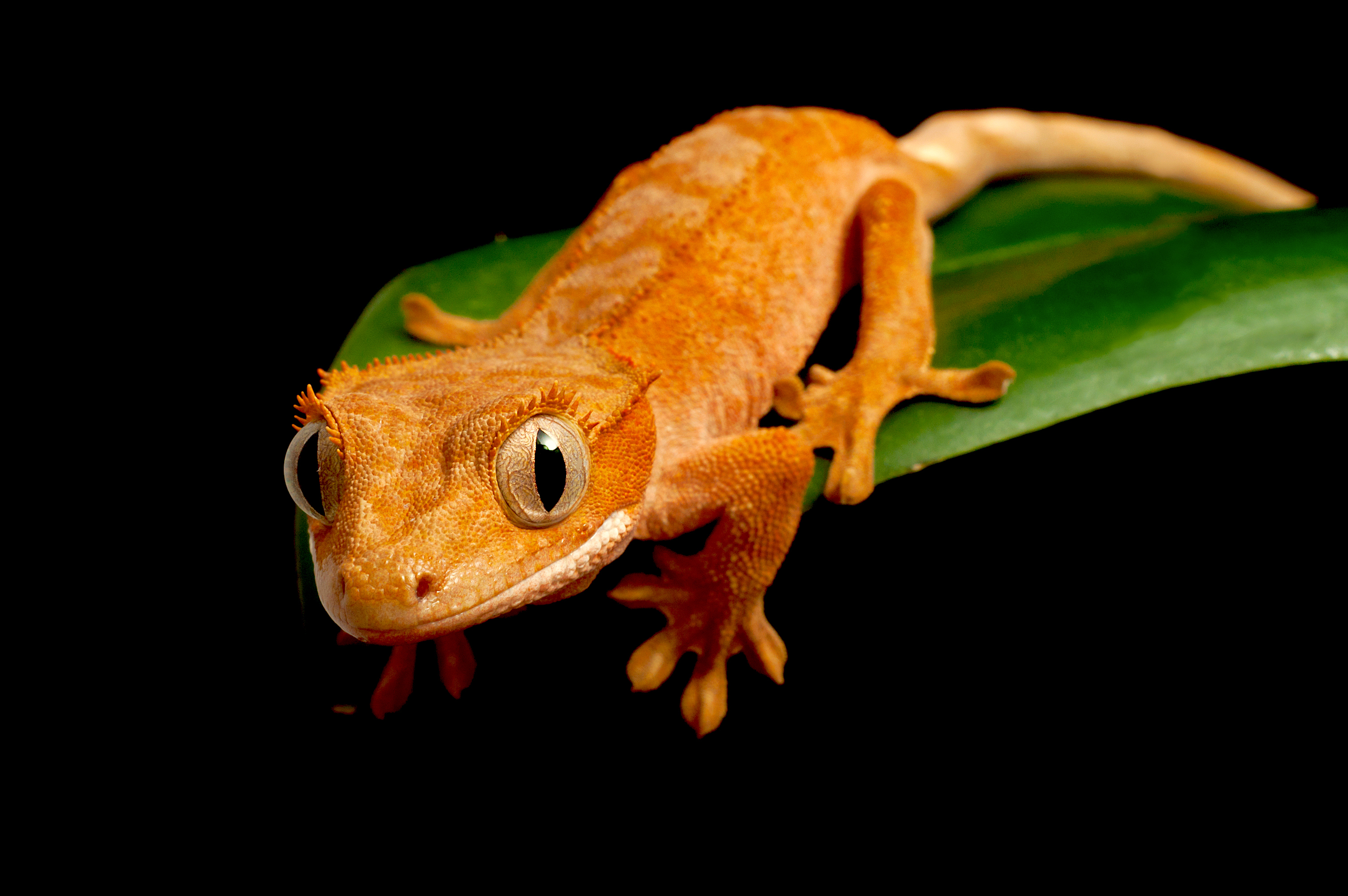

A Twilight Navigator - The Crested Gecko (Correlophus ciliatus), navigating the New Caledonian forest from dusk til dawn. Even while sleeping, they are exposed to the occasional sun ray that peaks through the forest canopy.
Lighting Topics
Comprehensive UV Index Table
Reptiles and amphibians inhabit a diverse range of environments, each presenting unique challenges and opportunities for exposure to sunlight. This variation in sunlight exposure is critical for their thermoregulation, natural activities, and especially for many of their physiological and biological processes, including the synthesis of vitamin D3, calcium metabolism, boosting the immune system, and promoting a healthy appetite and digestion.
Sunlight, A Beacon of Life
Sunlight arrives at the top of the earth's atmosphere at a power level of about one kilowatt per square meter. It is by this energy that all life-processes on earth are ultimately driven. Without the sun's constant energy input our planet would quickly radiate away its own energy in short order, making all life extinct.
Understanding Ferguson Zones
The Ferguson Zones were developed in 2010 by Professor Gary Ferguson of the Texas Christian University. Ferguson and his team of herpetologists gathered data of the daily UV exposure of 15 species of reptiles. In the publication that followed, these 15 species were divided into four groups according to their thermoregulatory behaviour (daily sun exposure) and microhabitat preferences: the "Ferguson Zones". The corresponding UV guidelines were based on the average irradiance of randomly encountered wild specimens: Zone 1 with the least, to Zone 4 with the highest exposure.
Vitamin D3 and Reptiles: A Vital Connection
Vitamin D3 plays a vital role in the health and well-being of reptiles, much like it does in other animals. This hormone is integral to mineral metabolism and bone development in reptiles. One of its most significant roles is to enhance calcium absorption from the intestines. Without sufficient vitamin D3, reptiles couldn’t absorb dietary calcium efficiently, which is crucial for their skeletal health and overall well-being.
What is Light?
Sunlight arrives at the top of the earth's atmosphere at a power level of about one kilowatt per square meter. It is by this energy that all life-processes on earth are ultimately driven. Without the sun's constant energy input our planet would quickly radiate away its own energy in short order, making all life extinct.
What is UV-B?
UV-B stands for Ultraviolet B radiation, which is a type of ultraviolet radiation present in sunlight. Ultraviolet or UV light is a high energy portion of the electromagnetic spectrum, just beyond visible light. The UV-spectrum is divided into three wavelength groups.
Stay up on all things exo terra.
"*" indicates required fields



